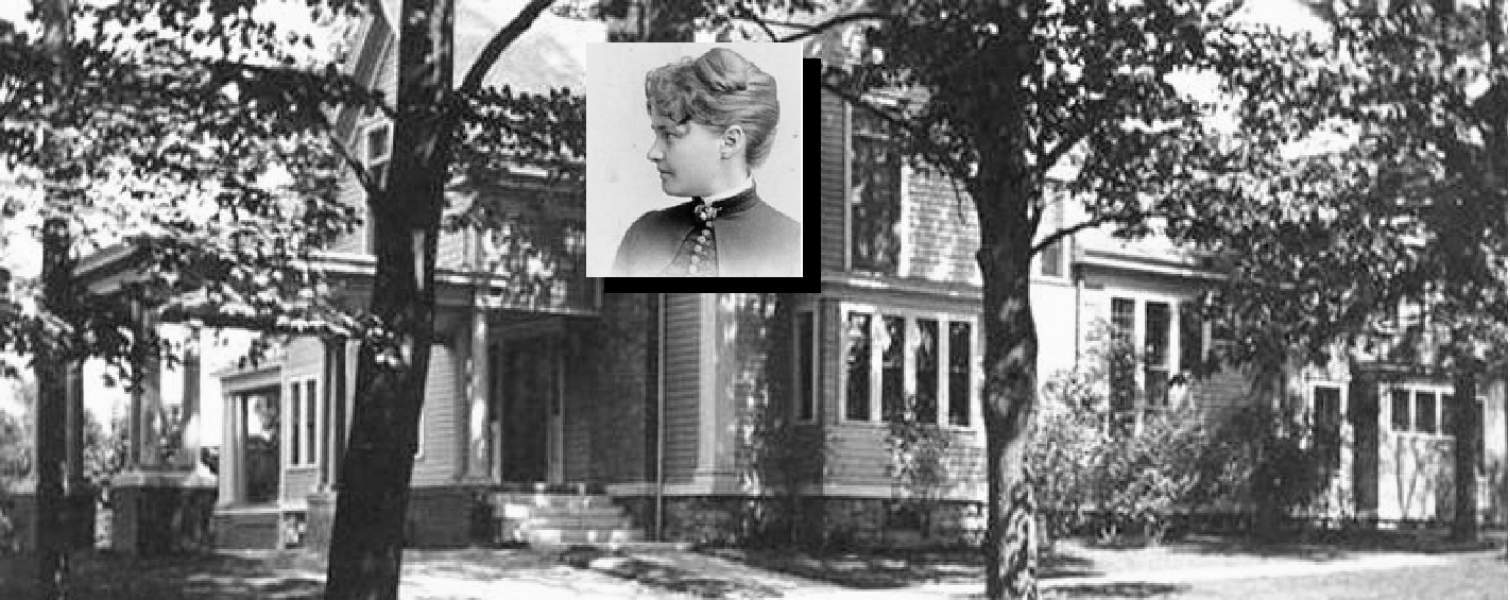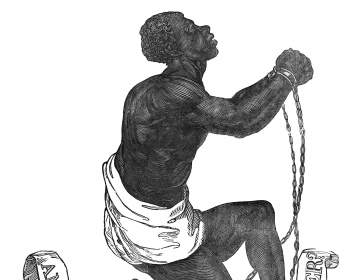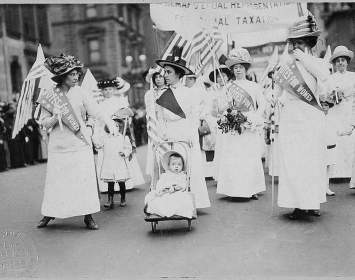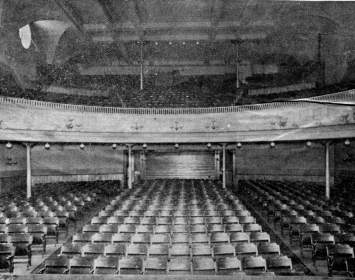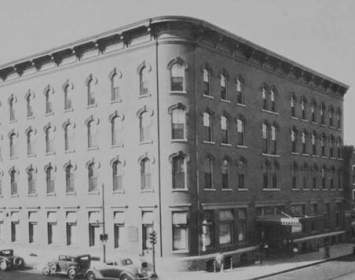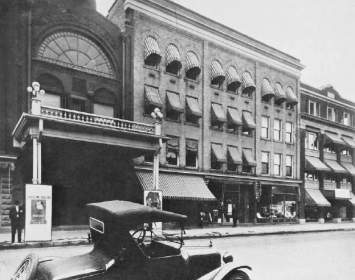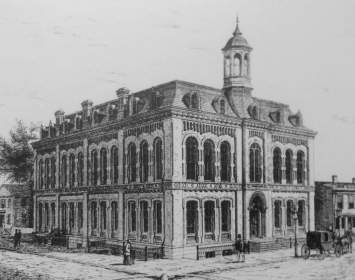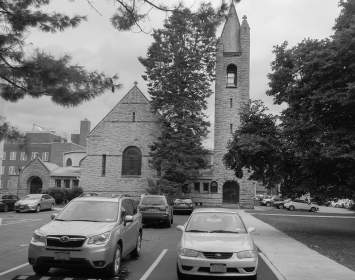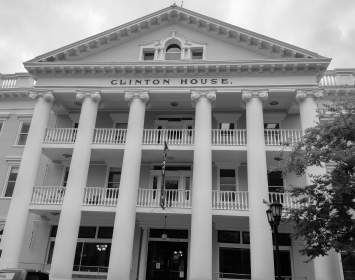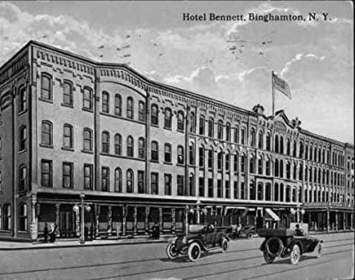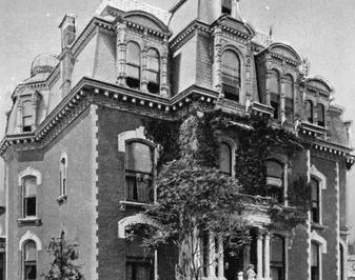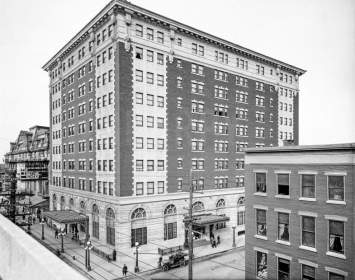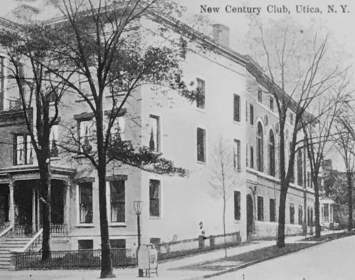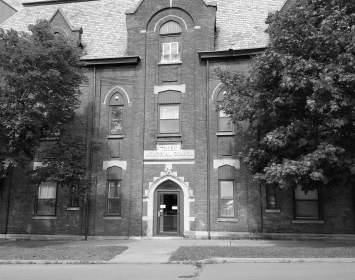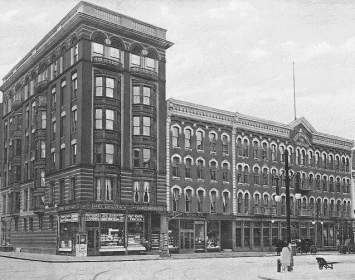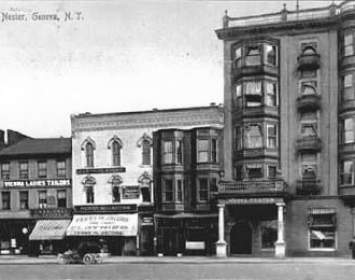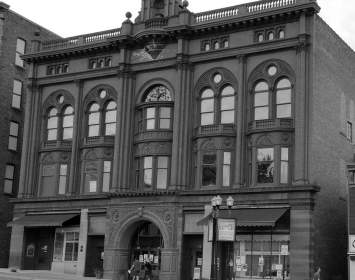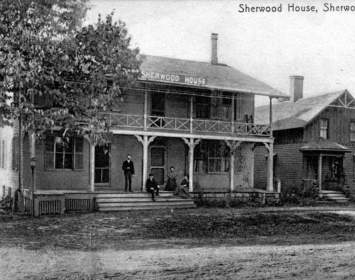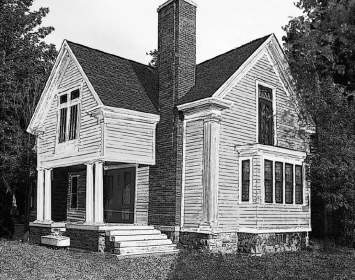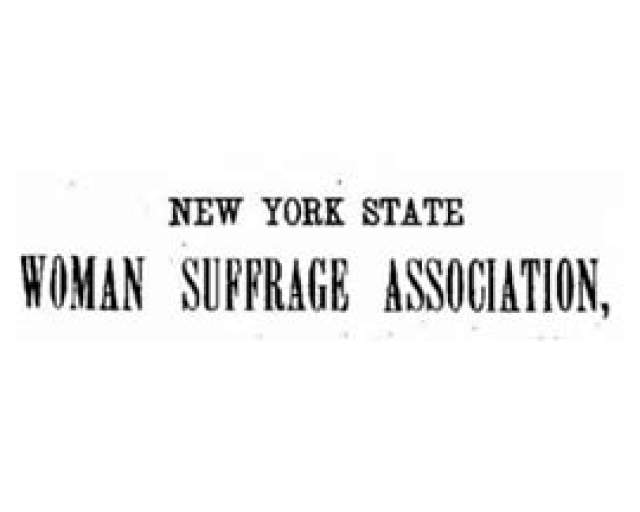
Isabel Howland (1859–1942) was a woman’s rights activist who worked closely with her longtime colleague and lover Harriet May Mills, Elizabeth Smith Miller, and others. (Nineteenth-century practice was to use the singular, woman's, when referring to women as a class; later practice was to use the plural, women's.) She was born in Sherwood (now Aurora) into the Howland family, which contributed significantly to the abolition and woman’s rights movements. Isabel’s grandfather, Slocum Howland, was the family patriarch. She was the niece of abolitionist, suffragist, and educator Emily Howland. Isabel was born to William Howland (son of Slocum) and his wife, Hannah Letchworth Howland. Isabel’s birth represented a new start for the couple, who had tragically lost all three of their previous children to scarlet fever over a span of mere days the year before. Four years later, William and Hannah welcomed a fifth and final child, Herbert.
The Howlands were prosperous, and Isabel enjoyed a comfortable upbringing. She attended Cornell University from 1877 to 1881. One of her classmates was Harriet May Mills, the daughter of Syracuse abolitionist and freethinker C. D. B. Mills. Isabel and Harriet collaborated on numerous suffrage-related projects through the years. She was corresponding secretary of the Association for the Advancement of Women in the 1880s and involved in the New York State Woman Suffrage Association (NYSWSA). In particular, she served as Treasurer of NYSWSA’s twenty-ninth annual convention, held at Geneva venues including the Smith Opera House, Collins Hall, and the Hotel Nester on November 3–6, 1897.
Upon Isabel’s return from Cornell, she assisted Hannah in establishing Sherwood’s first library and museum, both in a new downtown block that William Howland had constructed. In 1884 and 1885, she accompanied her aunt Emily on a European tour.
In 1891, the Sherwood Equal Rights Association was formed, a chapter of the national American Equal Rights Association (founded 1866), which sought to combine suffrage activism on behalf of African Americans and women. Isabel was one of the founding members, as was her father, William; the chapter’s first president was Isabel’s mother, Hannah. Isabel also helped launch a Sherwood Political Equality Club, a woman's suffrage group doubtless inspired by the Geneva Political Equality Club that Elizabeth Smith Miller had operated so successfully at her estate, Lochland. The Sherwood Equal Rights Association and the Sherwood Political Equality Club both met at William and Hannah’s home, then called Shade Lawn.
Isabel became a life member of the New York State Woman Suffrage Association.
Isabel and her brother Herbert jointly inherited Shade Lawn in 1905. In 1910, Isabel retained Syracuse architect Albert Brockway, expanding the property into a small mansion with numerous gables. She renamed the estate Opendore. Opendore became a center of community activities in Sherwood.
During much of the 1930s, Isabel lived in Paris, caring for her brother Herbert, who had become an invalid. She died in 1942, leaving an estate of about $487,000, perhaps $3 million today. Opendore was repurposed as an apartment house, which housed a number of local teachers. In the 1970s it passed into absentee ownership, was abandoned in 1976, and by 2007 was badly deteriorated. A restoration effort is now underway, which will provide a more suitable space in which to display the Underground Railroad and suffrage artifacts now displayed under crowded conditions in the nearby Howland Stone Store.
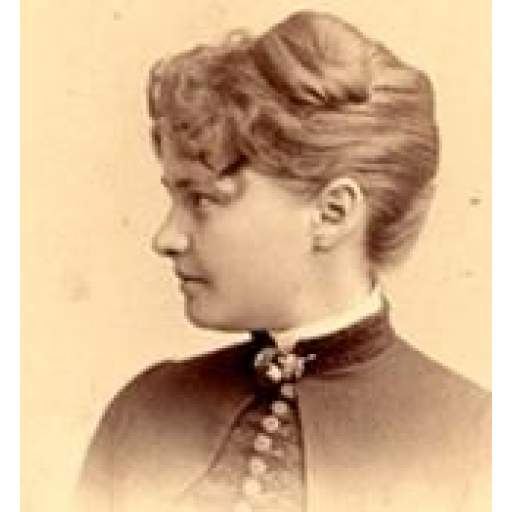
Isabel Howland
Isabel Howland, niece of Emily Howland.
Associated Sites
Associated Historical Events
Twenty-Sixth NY State Suffrage Convention
November 12–16, 1894
Twenty-Eighth NY State Suffrage Convention
November 17–19, 1896
Twenty-Ninth NY State Suffrage Convention
November 3–6, 1897
Forty-Fourth NY State Suffrage Convention
October 15–18, 1912
Forty-Fifth NY State Suffrage Convention
October 14–17, 1913

